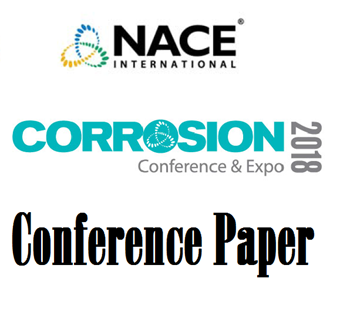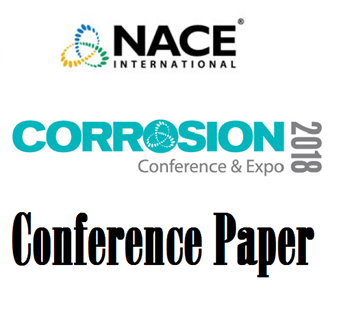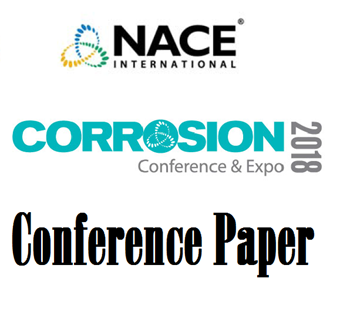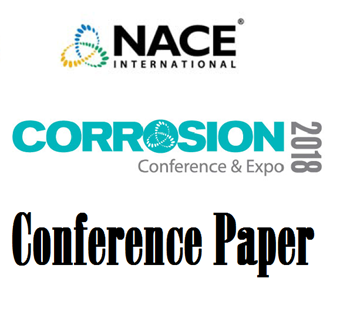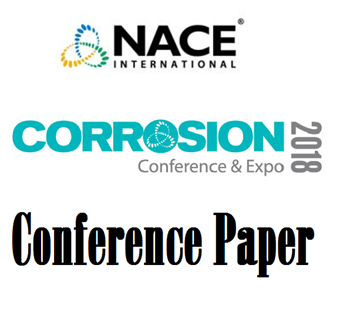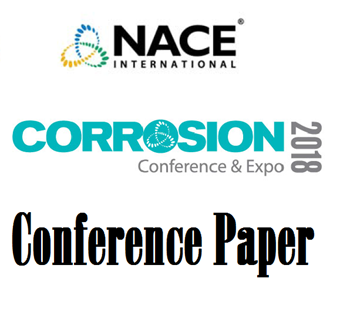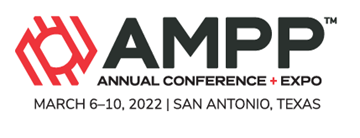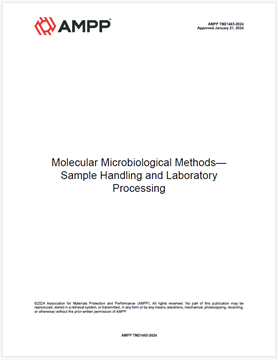Search
Products tagged with 'mic'
View as
Sort by
Display
per page
51318-10982-Analyzing Pig Returns from a Subsea Pipeline for MIC: Sampling and Testing Challenges
Product Number:
51318-10982-SG
Publication Date:
2018
$20.00
51318-11098- Microbial Assisted Cracking of Admiralty Brass Tubes from Lube Oil Cooler
Product Number:
51318-11098-SG
Publication Date:
2018
$20.00
51318-11295-The Impact of Biocide Choice and Dosing Strategy on Successful MIC Management under Anoxic and Flowing Conditions
Product Number:
51318-11295-SG
Publication Date:
2018
$20.00
51318-11398- Modeling of Microbiologically Influenced Corrosion (MIC) in the Oil and Gas Industry - Past, Present and Future
Product Number:
51318-11398-SG
Publication Date:
2018
$20.00
51318-11418-Effect of chlorination on corrosion of 90-10 Cu-Ni alloy for ballast water system
Product Number:
51318-11418-SG
Publication Date:
2018
$20.00
51318-11529-Evaluation of macrofouling crevice characteristics in MIC of steel
Product Number:
51318-11529-SG
Publication Date:
2018
$20.00
51318-11616-High Concentration Biocide Treatment of an Oil Pipeline
Product Number:
51318-11616-SG
Publication Date:
2018
$20.00
A Disposable Electrochemical Biofilm/MIC Test Kit to Detect MIC and to Assess Efficacy of Biocide Treatment of Biofilm
Product Number:
51324-20887-SG
Publication Date:
2024
$40.00
A highly-corrosive sulfate reducing bacterium as a model microbe to improve MIC investigations
Product Number:
51323-18912-SG
Publication Date:
2023
$20.00
A Road Map For Innovation In Microbiologically Influenced Corrosion (MIC) In The Gas Pipeline
Product Number:
51322-18204-SG
Publication Date:
2022
$20.00
Aluminum Floating Roof Damage from Hydrotesting
Product Number:
51324-20804-SG
Publication Date:
2024
$40.00
AMPP TM21465-2024, Molecular Microbiological Methods - Sample Handling and Laboratory Processing
Product Number:
AMPP TM21465-2024
Publication Date:
2024
$109.00

